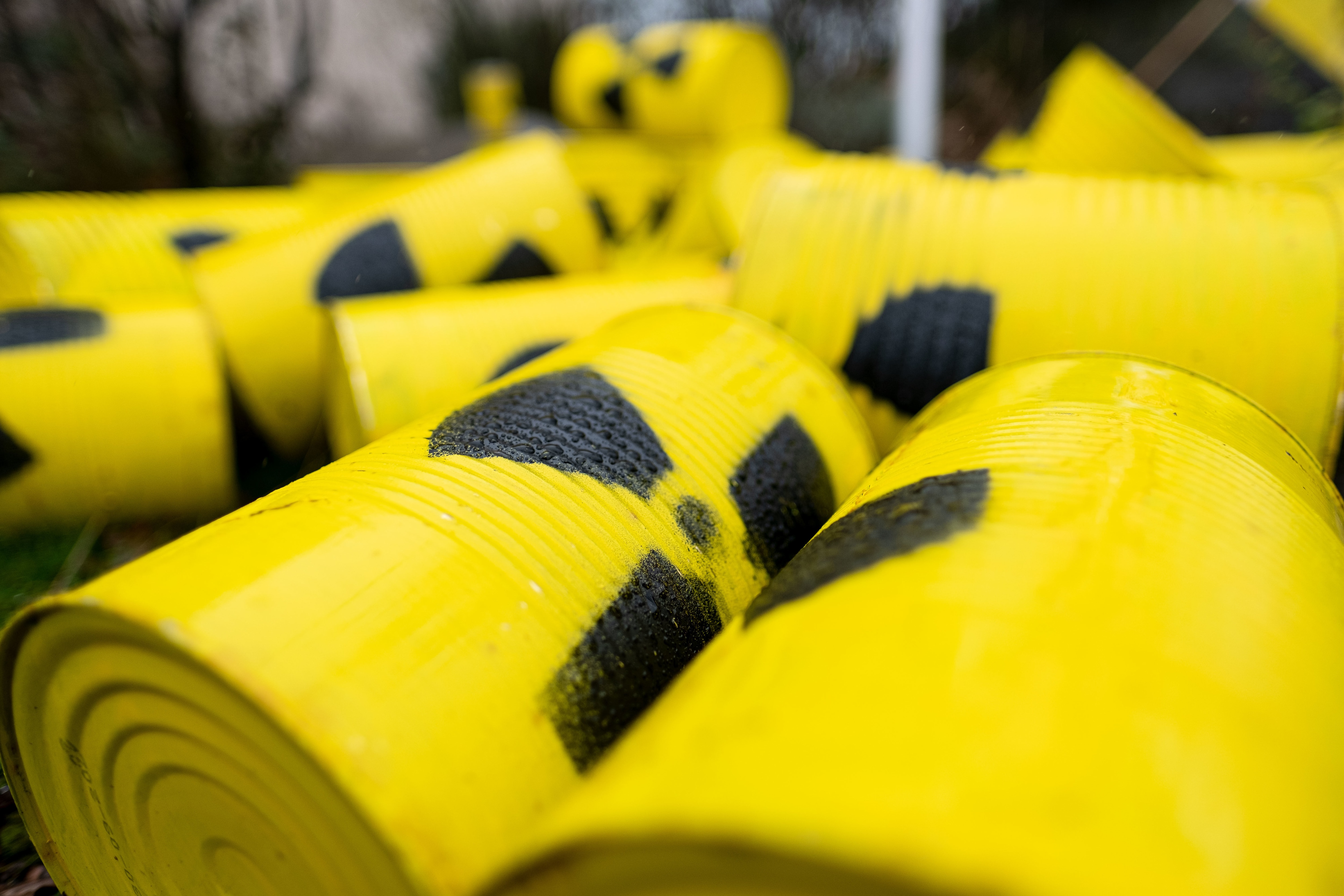Create a free profile to get unlimited access to exclusive videos, sweepstakes, and more!
New fusion tech utilizes lasers to bypass sun-like temps and get rid of nuclear waste

You know what this world needs now… aside from love, sweet love, of course? Less nuclear waste. But it also seemingly needs more and more power, which nuclear would be great at providing, if not for all that pesky waste and those darn radioactive meltdowns that can happen when you go around splitting atoms (fission). Which is where nuclear fusion was supposed to help out, but generating Sun-like temperatures to recreate the processes that power our Earth-powering star have kept that technology at bay.
Well, we may be a lot closer to utilizing the power of fusion, thanks to the revolutionary thinking of HB11, a company that recently secured patents in the U.S., Japan, and China for just that kind of forward thinking technology. And if all goes according to plan, it could just change the world of electricity generation as we know it.
HB11, a group of scientists with roots at the University of New South Wales in Australia, fuses hydrogen and boron-11 (HB11) together using lasers in order to generate charged helium atoms and create a nuclear reaction. No heating of fuel required, a step that in other forms of fusion necessitates temperatures upwards of tens or hundreds of millions of degrees C — aka hotter than the Sun. So yeah, you can immediately see the benefits of lasers.
Granted, though lasers are known for their precision, HB11 approach isn’t exactly precise, as they’re not using the lasers to heat the materials, but instead trying to speed up the hydrogen enough so that it collides with the boron and begins a reaction. All of which requires just a bit of luck.
“You could say we're using the hydrogen as a dart, and hoping to hit a boron, and if we hit one, we can start a fusion reaction,” HB11’s managing director Warren McKenzie tells New Atlas. Granted, he claims their approach is “more precise” than radioactive fuel powered fusion reactors, which just heat things up (a lot!) hoping for similar collisions.
On their website, HB11 notes the many benefits from utilizing this revolutionary new approach to fusion, which McKenzie says is already working far better than expected: it’s carbon neutral; the fuel, Boron 11, is not radioactive and abundantly and easily found in nature; the reaction is aneutronic, “meaning it does not produce neutrons responsible for the safety issues associated with most nuclear reactions”; there are no reactor meltdowns; the energy isn’t intermittent, “allowing generation of baseload power to a grid”; and since no turbines are necessary, the whole operation is scalable to the point that it could power not just cities, but also ships, mines, and factories.
And, not for nothing, there’s no nuclear waste, as the only waste product is harmless inert helium. In a world that needs an abundance of power and a whole lot less emissions, HB11’s fusion model could just be a bullseye.
(via Popular Mechanics)


























